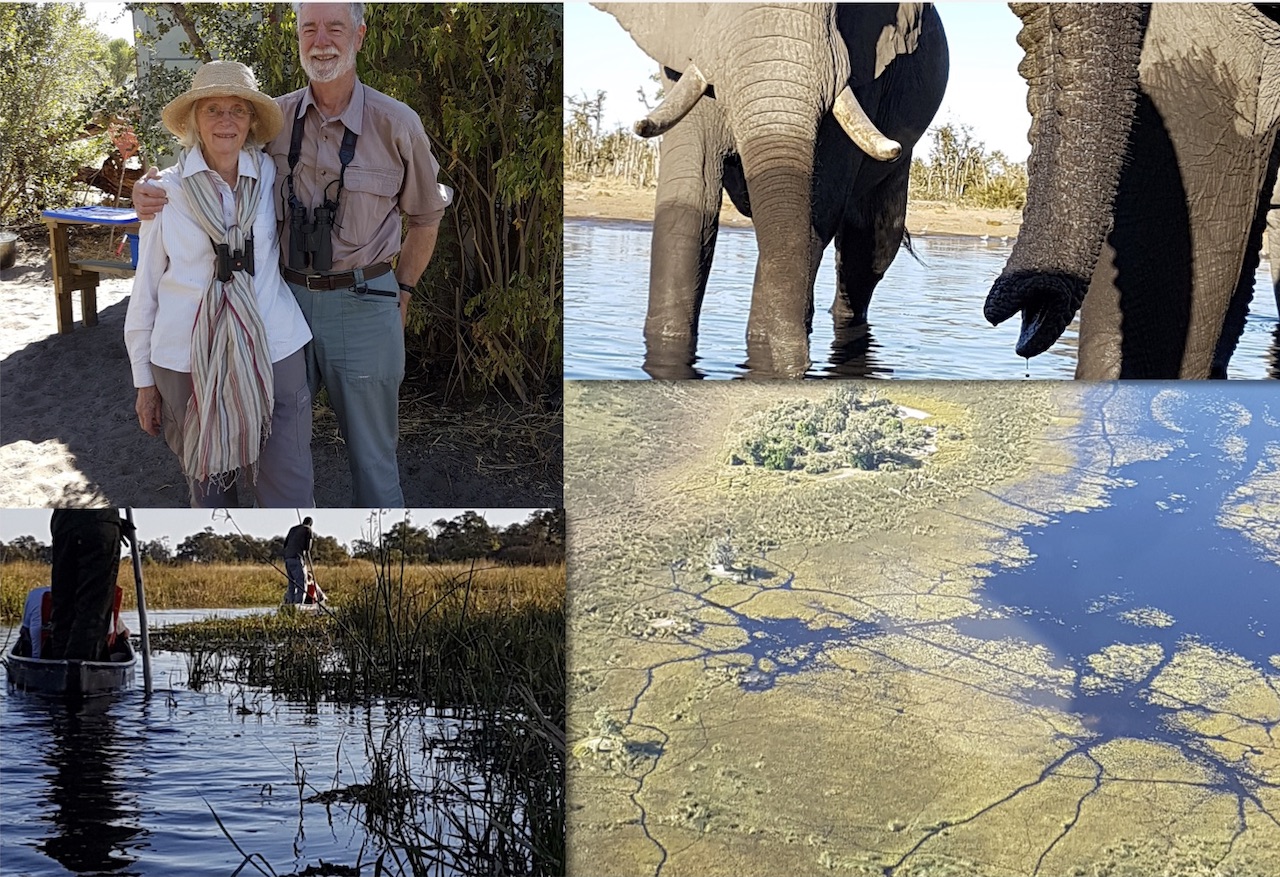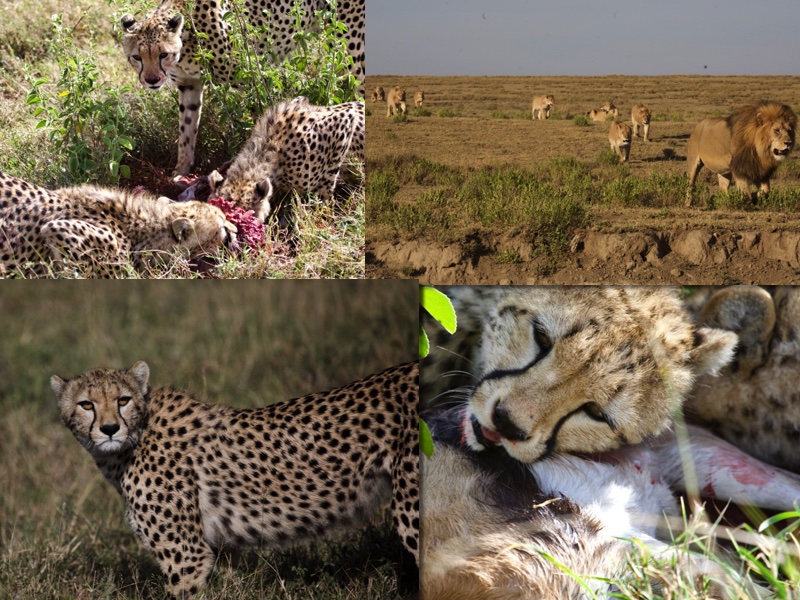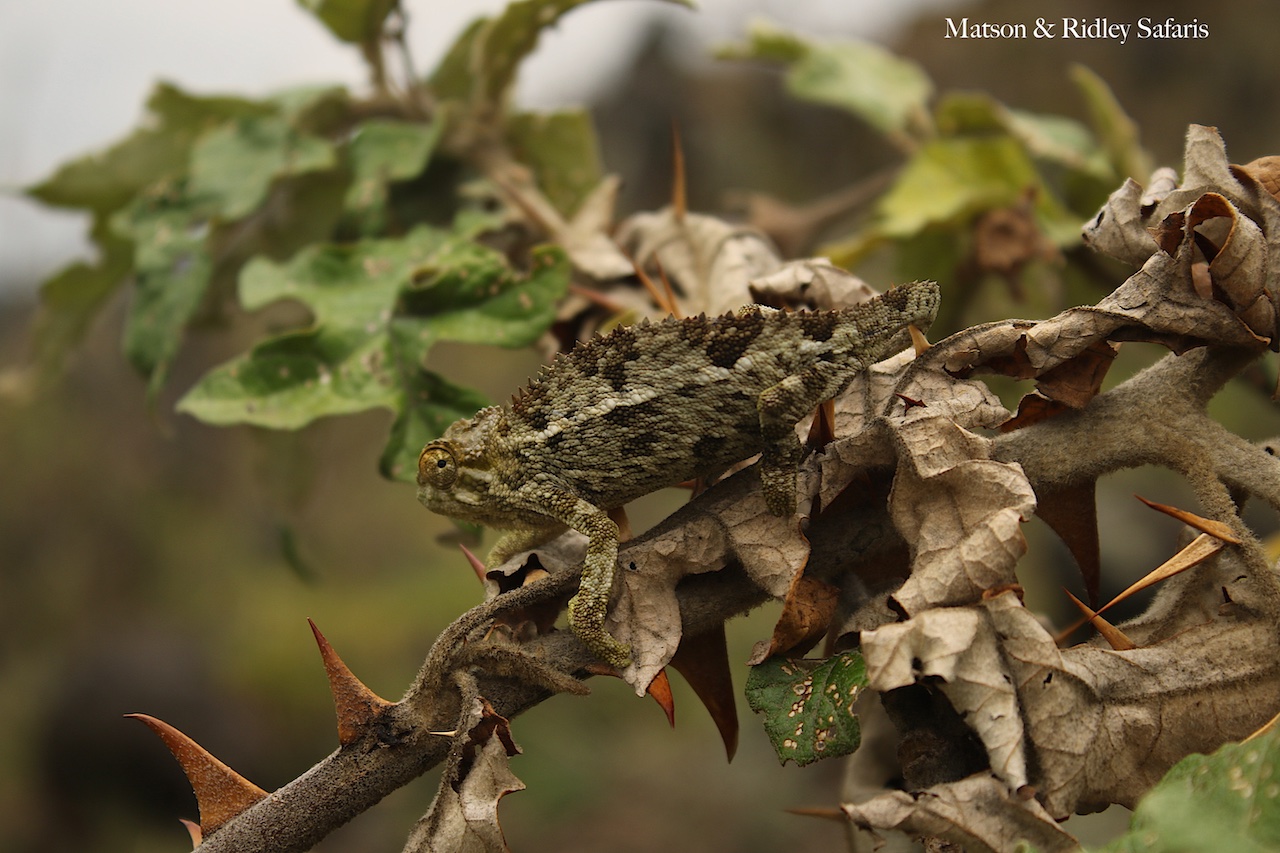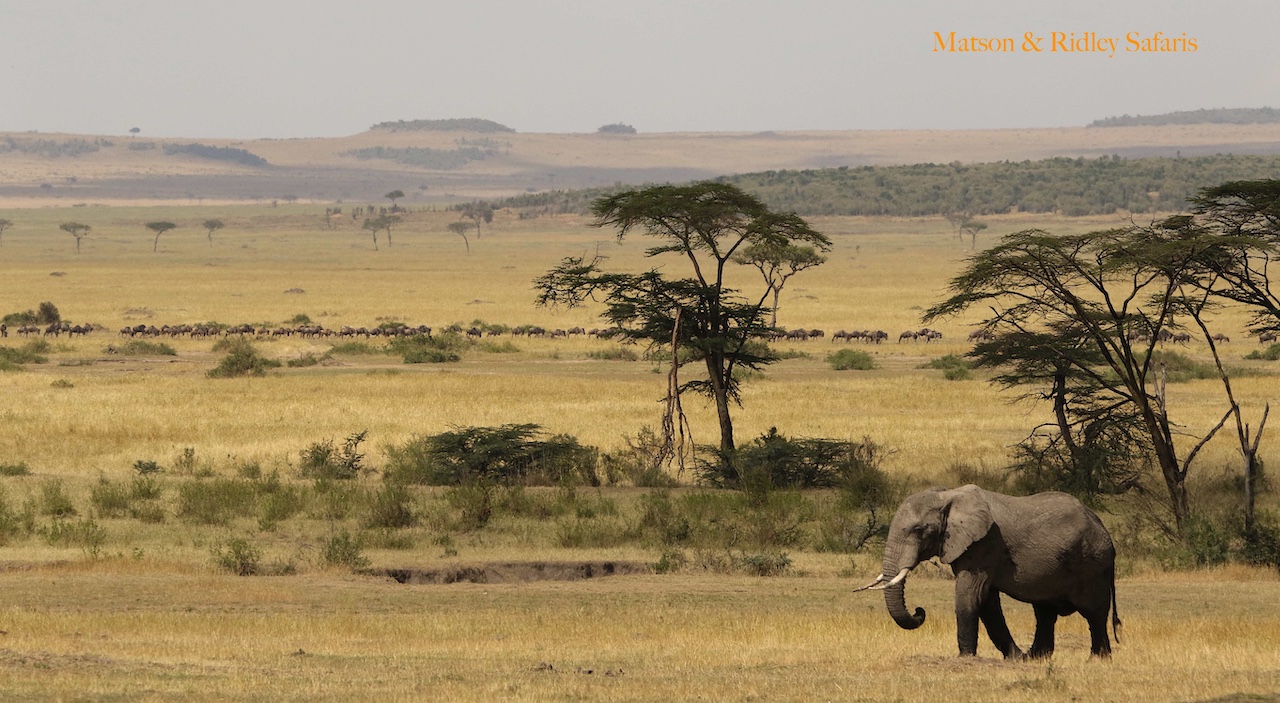If I asked you which of the following animals were most closely related to African elephants, which ones would you say?
1) Lions
2) Elephant shrews
3) Zebras
4) Aardvarks
5) Dugongs
The answer may surprise you!
Scientists have discovered through DNA analysis that African elephants share common ancestors with a number of species that you probably wouldn't think of. This group of species is known as the Afrotheria and includes, in addition to the African elephant, the elephant shrews (or sengis), the golden moles, the tenrecs (hedgehog like creatures only found in Madagascar), hyraxes (or dassies), manatees and dugongs and the aardvark. Their common ancestor originated in Africa at least 65 million years ago. There s even an Afrotheria Specialist Group at the IUCN focused on their conservation. Many of these species are already endangered due to their restricted habitats and ranges. Apart from having an ancestor in common, if you look closely you'll see that the Afrotherians of today share other anatomical features including a long and mobile snout, the late eruption of permanent teeth, a high number of vertebrae and similar ankle bone structure.

Photo credit: IUCN Specialist Group for Afrotheria (left to right: Aardvark, Dassie or Hyrax, Sengi or Elephant Shrew, Golden Mole, Tenrec)
Safari season is well and truly underway so if youre heading over to Africa soon make sure you know your Afrotheria so you can amaze your guide with your incredible command of nature facts!
SAFARI INSIGHTS FROM OUR GUESTS
Our guests, Peter and Margaret of Tasmania, Australia, have just returned from a wonderful safari in Botswana and this is what they had to say about it:
"We want to tell you how much the success of our Botswana safari came from what you did for us. From the start you listened to what we hoped for and you chose five characterful and different Natural Selection camps for us to visit. You got it absolutely right! Five sites spread across the Okavango and Makgadikgadi systems, showing us the vegetation in and around river valley, marshes, seasonally flooded grassland, lagoons, salt pans and dry woodland, and the varying mammal and bird communities at each. The flights between camps stitched it all together. This was an amazingly rich and satisfying experience, and it all ran without a hitch. We could not have organized anything as complete without your knowledge of African wildlife and ecology to guide us. Thank you for the thought you put into this safari and the care with which you arranged it."
Thanks Peter and Margaret and we couldn't be happier that your safari ticked all the boxes! About twenty years ago Peter was my PhD supervisor when I was studying impalas, so this was a special opportunity for me to arrange a safari for someone who really changed the course of my life. Peter is also probably the only person on earth who loves impalas as much as I do!

Earlier this year, regular travellers with Matson & Ridley Safaris, Anouk and Alex of Singapore, and two of their adventure-loving kids, Sebastian and Beatrice, embarked on a green season safari in the Serengeti with the aim of seeing lots of big cats without the large crowds of tourists that are drawn to this iconic park in peak season. They were rewarded with some amazing cheetah and lion sightings, in fact over 30 sightings of cheetahs and 100 of lions, as their photographs below show.

THERES MORE TO AFRICA THAN YOU THINK
One of the things that I often remind our travellers is that even though quite a lot of us have a bucket list, whether it be the Great Migration in the Serengeti or seeing the Mountain Gorillas in Rwanda, and admitedly, that s often what gets us on the plane to Africa in the first place, your bucket list item is only going to be one part of your overall experience. Africa has SO much to offer! Of course you don't want to be on safari without a good camera and binoculars, but don't forget to put the camera down and breathe in the vast landscapes, absorb the incredible sunsets, feel that primordial essence of being in the place that we all came from long ago when sitting by the campfire and looking up at the vast Milky Way, and spot all the little things that make Africa special, from the multitudinous species of birds and reptiles to the complex termite societies.
Going on safari with your own personal zoologist in addition to a local guide for those of you who are joining me on safari in the next year you can be sure we'll be taking our time to guide you through the ins and outs of animal behaviour and wildlife conservation, so it s well worth it. Our lives are so fast paced and linked to our phones that it can take a few days to get into the flow of nature in Africa's wild places and to slow down, but I guarantee when you let go and go with the flow you allow yourself to experience the maximum benefits of being fully immersed in the bush.

Photo above: I captured this photo of a Ruwenzori Side-striped Chameleon while trekking back after seeing the mountain gorillas. I would have walked straight past him as he was nestled in a spiky bush protecting a potato field, perfectly camouflaged, if not spotted by my porter's eagle eyes!
UPCOMING SAFARIS
I have just a few spots left for my upcoming safaris in Rwanda, Tanzania and Botswana, so please get in touch if youre interested in travelling with me this or next year.
Gorillas and Savannahs Safari, Rwanda - 10-16 December 2019 : One spot left for a single woman sharing with another woman on the trip. Get in touch if youre thinking about this and I ll give you a discount if you book by end of July!
Green Season Serengeti Safari, Tanzania - 23-30 May 2020 : One room left only! This is a family room, so can be used by a family of up to 4 people or 3 adults sharing or a couple.
Botswana Safari - 1-10 June 2020 : One room left only!
YES! PLEASE SEND ME MORE INFO ABOUT GOING ON SAFARI.

